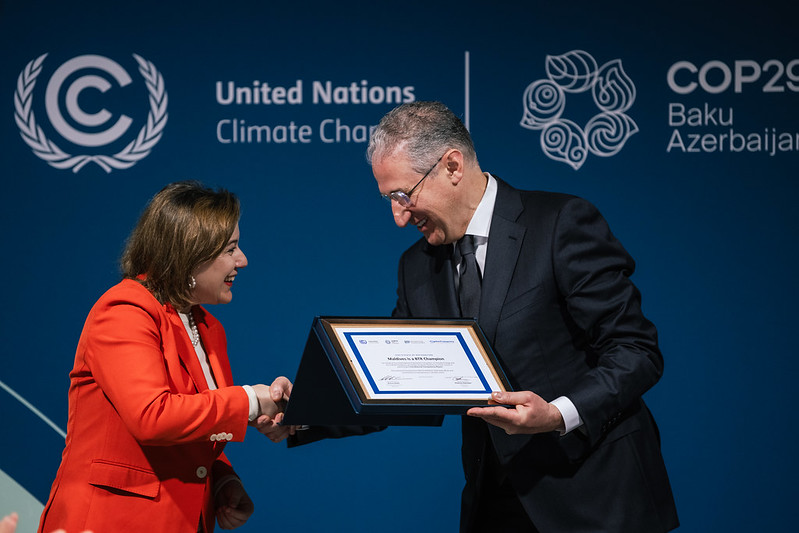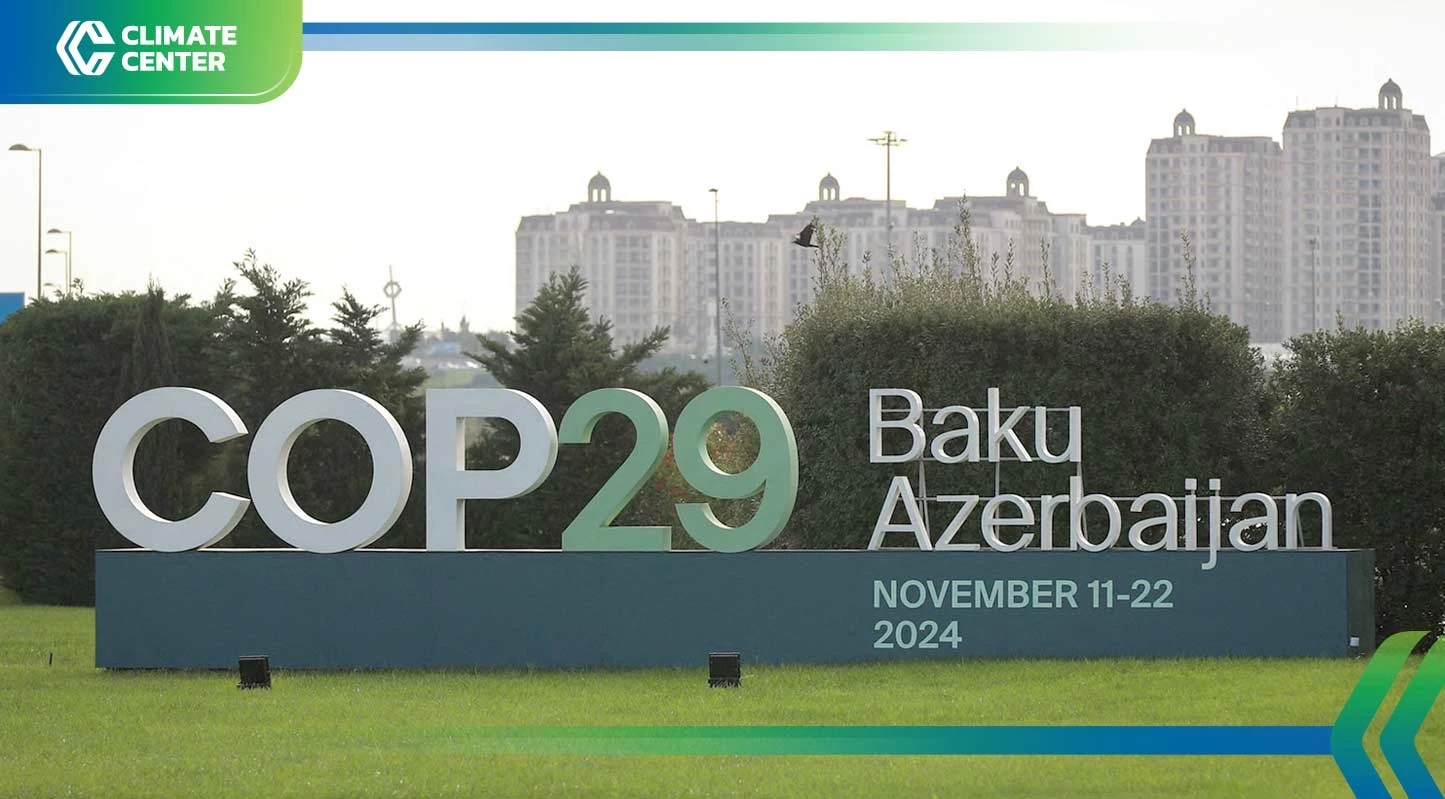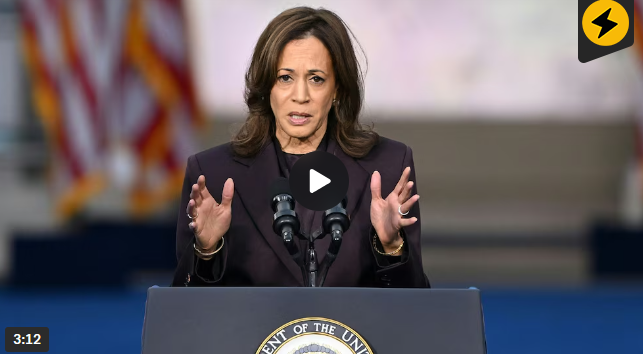Limited education for girls costs countries $15-$30 trillions of dollars – World Bank Report
 Limited educational opportunities for girls and barriers to completing 12 years of education cost countries between $15 trillion and $30 trillion in lost lifetime productivity and earnings, says a new World Bank report.
Limited educational opportunities for girls and barriers to completing 12 years of education cost countries between $15 trillion and $30 trillion in lost lifetime productivity and earnings, says a new World Bank report.
According to the report ‘Missed Opportunities: The High Cost of Not Educating Girls,’ less than two thirds of girls in low-income countries complete primary school, and only one in three girls completes lower secondary school.
On average, women who have a secondary education are more likely to work and they earn almost twice as much as those with no education.
Other positive effects of secondary school education for girls include a wide range of social and economic benefits for the girls themselves, their children and their communities.
These include near-elimination of child marriage, lowering fertility rates by a third in countries with high population growth, and reducing child mortality and malnutrition.
Related: Cocktail Fundraiser Held in Support of Ghana’s All Girls Robotics Team
“We cannot keep letting gender inequality get in the way of global progress,” said World Bank CEO Kristalina Georgieva. “Inequality in education is yet another fixable issue that is costing the world trillions. It is time to close the gender gap in education and give girls and boys an equal chance to succeed, for the good of everyone.”
Over the past two decades many countries have reached universal primary education, and girls’ enrollment at the primary level in developing countries rivals that of boys. But this is not enough.
More stories:
- NDC sacrificed former veep Paa Kwesi Amissah-Arthur for power – prophet
- 3 babies among 100 dead off Libya as Europe hails new migrant deal
- 10 most compelling photos from the 2018 World Cup
- Zimbabwe’s president survives assassination attempt in Bulawayo
- Nine dead in Nigeria oil tanker explosion
- Malawi’s albinos to contest in elections
Much larger benefits of education, as the analysis finds, would come from completing secondary school.
“When 130 million girls are unable to become engineers or journalists or CEOs because education is out of their reach, our world misses out on trillions of dollars that could strengthen the global economy, public health and stability,” said Malala Yousafzai, Malala Fund co-founder and Nobel laureate. “If leaders are serious about building a better world, they need to start with serious investments in girls’ secondary education. This report is more proof that we cannot afford to delay investing in girls.”
Today, some 132 million girls around the world between the ages of 6 and 17 are still not in school —75 percent of whom are adolescents. To reap the full benefits of education, countries need to improve both access and quality so that all girls have the opportunity to learn. These investments are especially crucial in some regions, such as Sub-Saharan Africa where, on average, only 40 percent of girls’ complete lower secondary school. Countries also need policies to support healthy economic growth that will generate jobs for an expanding educated workforce.
These investments are especially crucial in some regions, such as Sub-Saharan Africa where, on average, only 40 percent of girls’ complete lower secondary school. Countries also need policies to support healthy economic growth that will generate jobs for an expanding educated workforce.
Women with secondary education also have a better ability to make decisions in their household, including for their own health care. They are less likely to experience intimate partner violence, and they report higher levels of psychological well-being. They also have healthier children who are less likely to be malnourished and who are more likely to go to school and learn.
Other stories:
- Lydia Forson, Adjetey Annan, Others For 2018 Africa Magic Viewers Choice Award
- AFRIMA 2018: African Union, Ghana partner for calendar unveiling
- Zylofon Arts Fund invests GHS 1.7 million into Ghana film industry
Finally, better education for girls makes them more likely to participate fully in society and be active members of their community.
Educating girls and promoting gender equality is part of a broader and holistic effort at the World Bank, which includes financing and analytical work to remove financial barriers that keep girls out of school, prevent child marriage, improve access to reproductive health services, and strengthen skills and job opportunities for adolescent girls and young women. Since 2016, the World Bank has invested more than $3.2 billion in education projects benefiting adolescent girls.
The report was published with support from the Children’s Investment Fund Foundation, the Global Partnership for Education, and Malala Fund.







